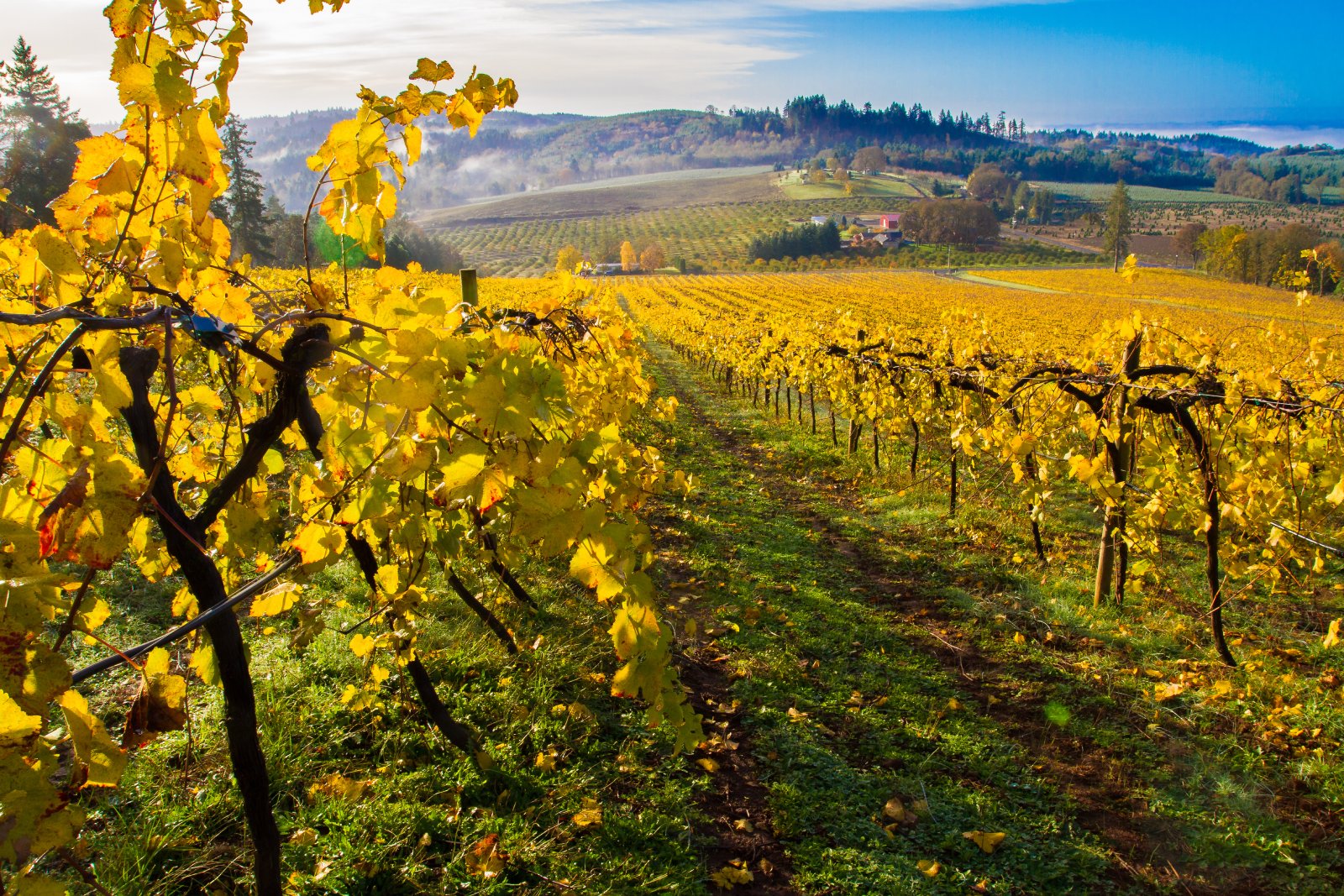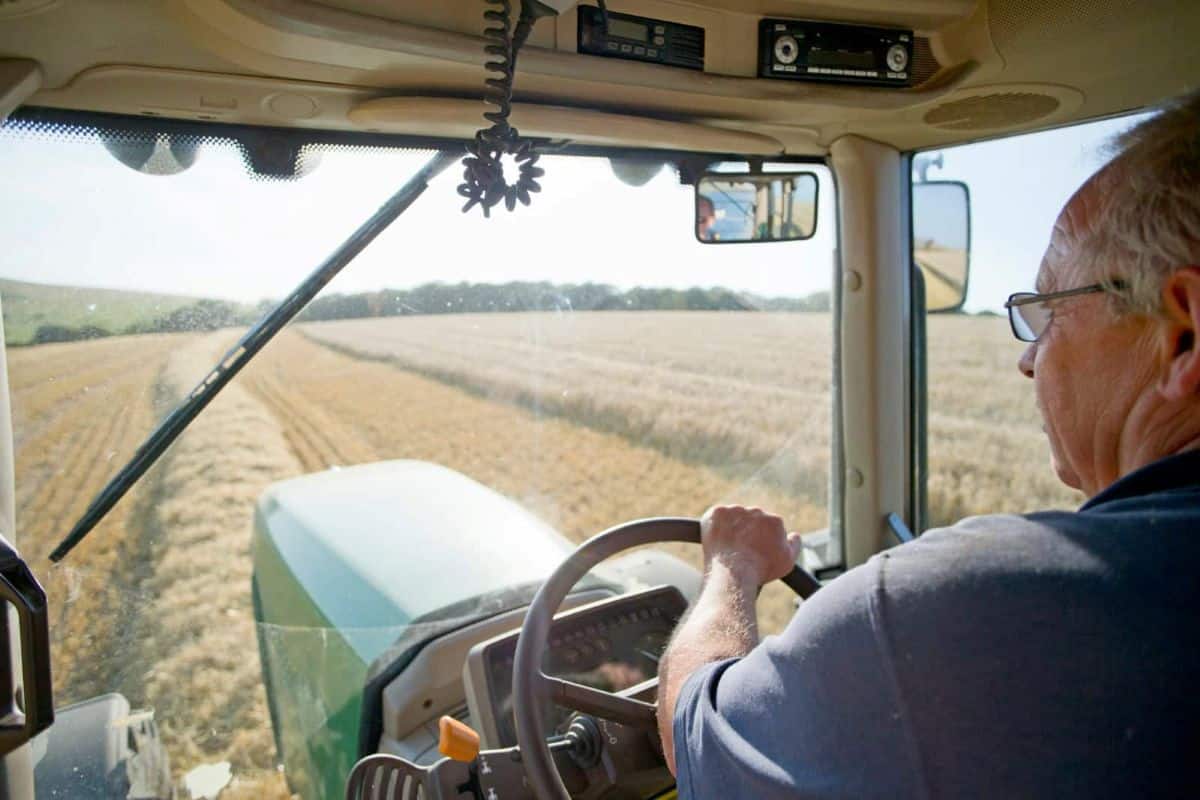Agriculture in the U.S. is rapidly evolving beyond traditional farming methods. It’s embracing cutting-edge technologies and substantial investments to meet modern demands and challenges. Here’s a detailed look at the 21 states that are leading the way in agricultural innovation and investment, showcasing their unique contributions to this vital industry.
1. California

California’s agricultural sector leads the nation in biotechnological advancements and sustainable farming practices, supported by a $50 billion annual investment. The state’s diverse climate allows for year-round production of over 400 commodities, making it a giant in agricultural innovation.
2. Iowa

Iowa is pioneering precision agriculture techniques, using GPS and IoT technologies to enhance the efficiency of its extensive corn and soybean production. The state invests heavily in technology that maximizes crop yields while minimizing environmental impact.
3. Nebraska

Nebraska focuses on improving irrigation technology and water management systems to support its massive agricultural output. The state’s investment in drought management technologies ensures sustainability amidst varying climate conditions.
4. Texas

Texas excels in livestock biotechnology and the development of drought-resistant crops, adapting innovatively to its challenging climate. The state’s agricultural sector thrives on innovation in cattle breeding and genetic modification to enhance crop survival.
5. Illinois

At the forefront of crop science, Illinois leverages AI to advance corn and soybean production. The state’s focus on automation and data analytics helps farmers optimize planting and harvesting, significantly increasing output efficiency.
6. Minnesota

Minnesota stands out in bioengineering and genetic improvements, especially in sugar beets and grains. The state’s research aims to enhance disease resistance and yield, securing its position as a leader in crop innovation.
7. Indiana

Indiana’s agricultural sector is revolutionized by investments in drones and robotic systems for more precise planting and harvesting. These technologies ensure high efficiency and are transforming farming practices in the state.
8. Ohio

Ohio enhances its sustainable agricultural practices through extensive state-funded research in soil health and nutrient management. This initiative helps reduce the environmental footprint of farming and promotes long-term sustainability.
9. North Carolina

North Carolina is a major hub for biotechnological research and development, particularly in tobacco, sweet potatoes, and poultry. The state’s investments fuel advancements that increase crop yield and disease resistance.
10. Washington

Washington leads innovations in tree fruit production, particularly apples and cherries, with significant research devoted to genetic improvement and pest resistance. The state’s agricultural research centers are pivotal in enhancing fruit quality and safety.
11. Florida

Florida invests heavily in combating citrus diseases and enhancing tropical fruit cultivation. The state’s focus on eradicating citrus greening has led to pioneering work in disease-resistant crop varieties.
12. Wisconsin

Wisconsin’s dairy research incorporates cutting-edge biotechnologies to improve milk production and cheese quality. A strong network of university programs and public-private partnerships supports the state’s agricultural research.
13. Georgia

Georgia leads in poultry technology, focusing on innovations in feed efficiency and disease resistance. These advancements help maintain the state’s competitive edge in the poultry industry.
14. Michigan

Michigan is at the forefront of cherry and berry crop advancements, investing in cold weather cultivation techniques and disease resistance. This research is vital for extending growing seasons and improving crop survival.
15. Missouri

Missouri excels in animal health innovations, with a strong focus on enhancing livestock productivity and welfare through biotechnology. The state’s research institutions are key contributors to veterinary medicine and livestock care.
16. Idaho

Idaho is a leader in potato farming technology, especially in sustainable practices and genetic improvements. The state’s research efforts are aimed at boosting yield and enhancing disease resistance, ensuring Idaho remains a top potato producer.
17. Virginia

Virginia focuses on biotechnological advancements in tobacco and wine grape cultivation. These efforts are aimed at improving crop quality and sustainability, bolstering the state’s traditional agricultural sectors.
18. Oregon

Oregon is renowned for its organic farming innovations and sustainable practices, particularly in wine and berry production. The state’s commitment to environmentally friendly farming techniques sets a standard for agricultural practices nationwide.
19. Kansas

Kansas invests in wheat genomics and sustainable farming practices to cope with harsh farming conditions. These innovations are crucial for improving crop resilience and yield in an environment prone to extreme weather.
20. South Dakota

South Dakota’s research in native grasslands and sustainable livestock management is essential for its agricultural productivity. The state’s efforts in integrating traditional and modern farming techniques support both economic and environmental health.
21. Arkansas

Arkansas leads in rice cultivation technology, focusing on advanced water management and crop resilience strategies. The state’s innovations ensure it meets both domestic and global food demands effectively.
Cultivating the Future

These states are not just cultivating crops; they’re cultivating the future of agriculture through innovative technologies and smart investments. Whether it’s developing drought-resistant plant varieties or utilizing AI to optimize farm operations, these states are at the forefront of transforming farming into a high-tech industry poised for future challenges.
Featured Image Credit: Shutterstock / Juice Flair.
The content of this article is for informational purposes only and does not constitute or replace professional advice.
The images used are for illustrative purposes only and may not represent the actual people or places mentioned in the article.
For transparency, this content was partly developed with AI assistance and carefully curated by an experienced editor to be informative and ensure accuracy.





